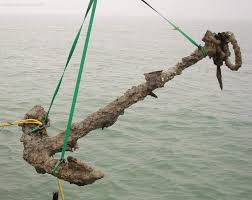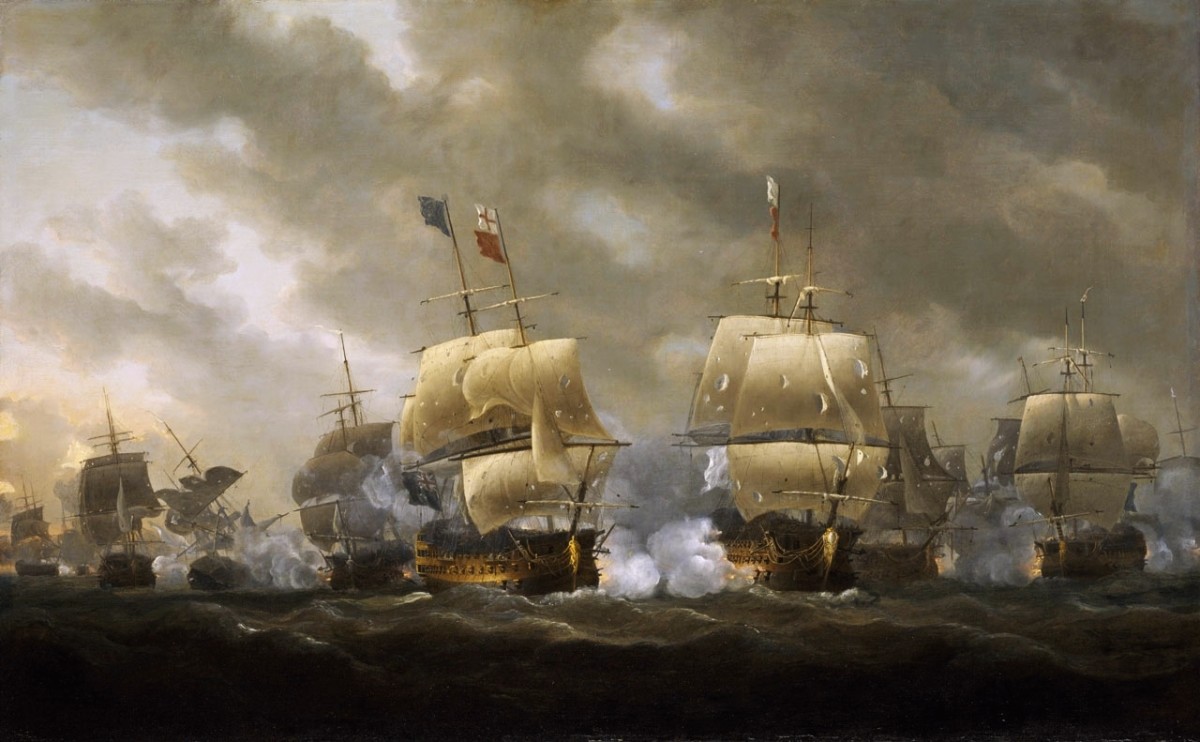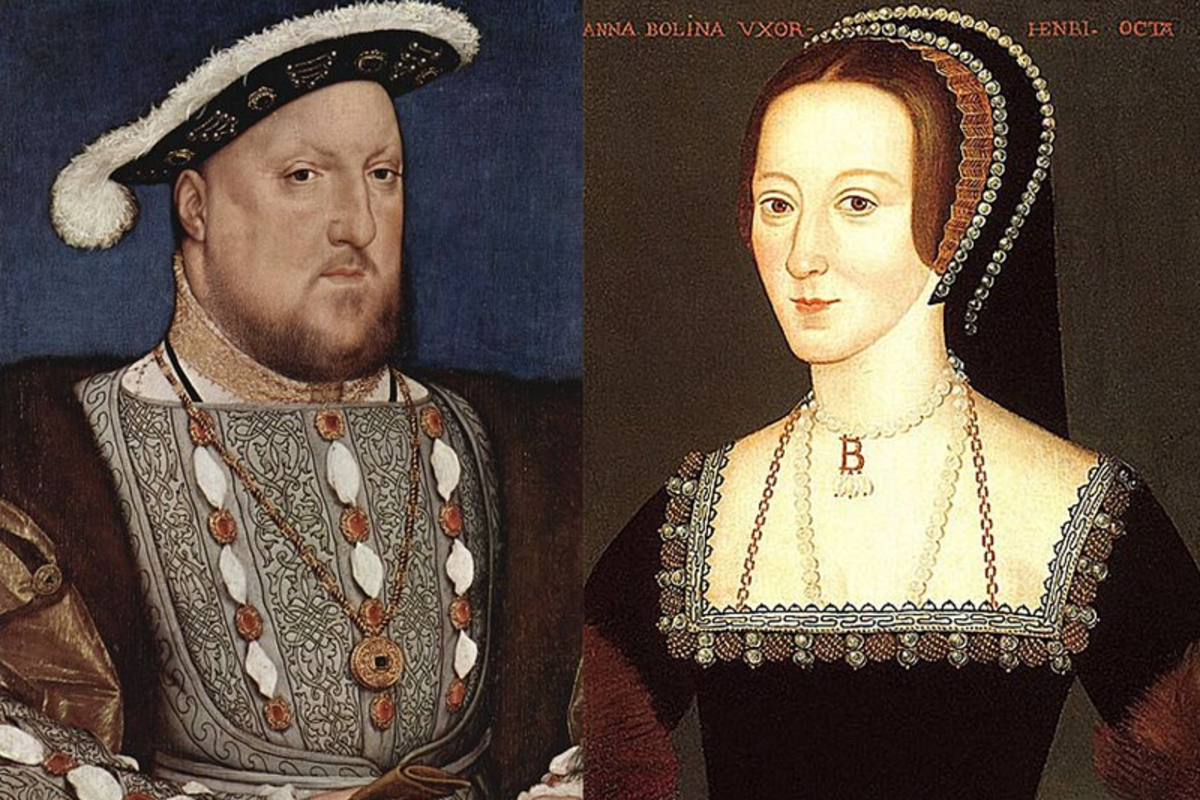- HubPages»
- Education and Science»
- History & Archaeology»
- Archaeology
The Mary Rose
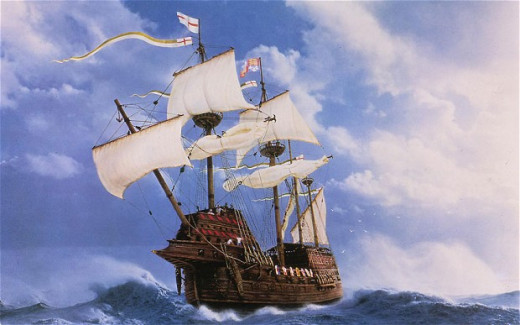
At the time of the discovery of the New World, England was a relatively insignificant state on the periphery of Europe. The great European powers were France, Spain and the Holy Roman Empire. The great victories England had enjoyed over France in the Hundred Years’ War were in the past and all that remained of the vast continental holdings of the English kings was Calais. The War of the Roses had further weakened England’s position internationally, a position that could not be addressed until Henry VII established the House of Tudor with his victory on Bosworth Field in 1485.
Historically England’s fortune has been tied to the sea. This is a geographic fact that applies whether England is at war or peace. When Henry VIII assumed the throne in 1509 England was in a weakened position, continental alliances were not in their favor and, although his father had been able to maintain a small but powerful core of a navy, only six ships had been built for the fleet in the previous 80+ years.
Six weeks after becoming king, Henry VIII married Catherine of Aragon aligning England with the Spanish Hapsburgs and protecting English interests in the Low Countries. Henry VIII’s ambition was two-fold: he wanted to raise the House of Tudor to a level far above the other great families of England thereby protecting his throne from insurgency; and, he wanted to raise England to the position of a European power. To accomplish these goals Henry knew he needed a larger, stronger navy than the one he presently possessed.
The small navy Henry inherited had only two sizable ships, the carracks Regent and Sovereign. Just months after his ascension work began on two more, one of which was the Mary Rose. It is unclear which king actually ordered the construction of the ships, it is however very clear that Henry VIII oversaw the construction, assisted in the design and laid the plans for the naval expansion. By the 1520s the organizational ancestor of the British Royal Navy was in place and Henry had established a permanent Royal Navy.
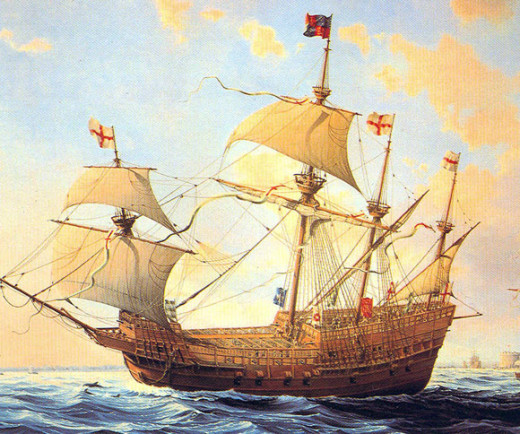
Construction of the Mary Rose
The Mary Rose was constructed at Portsmouth between 1509 and 1511 and was part of a large build-up of naval force for the new king. Named for Henry’s favorite sister, Mary Tudor, and his family emblem warships were the ultimate status symbol of the 16th century and were an opportunity to show off the wealth and power of the monarchy. Rated at 500 tons the Mary Rose was the second most powerful ship in the fleet and a favorite of Henry’s.
The construction of a warship the size of the Mary Rose was a major undertaking. Vast quantities of material were needed and in the case of a 16th century state-of-the-art warship this was primarily oak. It is estimated the construction would have required 600 large oak trees, representing about 40 acres of woodland. By this time in history large oaks were relatively rare in the area of Portsmouth and they would have had to have been brought in from all over southern England. The largest timbers would have been of the same size as those used to roof the great cathedrals of Europe. A hull plank would have weighed as much as 660 pounds and one of the main deck beams would have been close to three quarters of a ton. On completion in 1511 she was towed to London to be fitted out and equipped with weapons.
The Mary Rose was a carrack, equipped to fight at close range. Her role was to protect English interests in Calais by patrolling the Channel. In battle it was intended she would close with the enemy firing her guns, she would then come alongside allowing the soldiers she carried to board the other ship. Those involved in hand-to-hand fighting on board the enemy vessel would be supported by archers from the Mary Rose. The objective was to capture the enemy ship, not necessarily destroy it. The heavy guns she carried were mounted low in the stern and were used mainly to bombard shore positions.
The Original Mary Rose in Action
The Mary Rose first saw action as the flagship of the fleet during the first French war of 1512-1514. Under the command of Sir Edward Howard, the English defeated the French fleet in a battle outside the port of Brest in 1512. Howard remarked on the sailing ability of the Mary Rose describing her as fine as any ship under sail in Christendom. The second French war of 1522-1525 saw no sea battles and for the most part she was held in reserve in Portsmouth.
Henry recognized the French galleons encountered by the English in the two conflicts as very dangerous opponents and a technological advance. Their mobility, heavy bow guns and small target area made them formidable. By 1525 the Mary Rose was anchored in Deptford awaiting refit.
The Refit
Following the second war with France the ever-present threat of war subsided. It was during this relative period of quiet that the Mary Rose was refitted and up rated from her original 500 to 700 tons. The Mary Rose was transformed from a carrack into a prototype galleon, a ship that would be capable of inflicting damage on other ships from a distance. War at sea was evolving and the Mary Rose was a major step in that evolution for the English.
Her original high castles were cut down, her decks were strengthened and she was armed with heavy guns. She now had the firepower to engage the enemy on any bearing and conduct a stand-off artillery battle. This new emphasis on artillery was a reflection of Henry’s development of England’s armament industry. Everything with Henry tied together: his radical new foreign policy based on religion required a supreme naval force to protect his kingdom which in turn required large amounts of capital which he raised by selling off monastic properties.
Between being refit and being held in reserve, the Mary Rose was out of action until 1539. As a rebuilt warship the Mary Rose was now expected to fight using all of her guns. She would approach an enemy ship firing her bow guns, turn to present a broadside, turn again to fire from the stern and then turn for one last broadside before making off to reload while other ships took her place. While cannon were the main weapons, boarding and close-quarters fighting was also expected.

The Sinking of the Mary Rose
The story of Henry’s dissolution of the Catholic Church and his various marriages are well known and made for an excellent series on HBO; however, in real life there were consequences that affected nations. One of those consequences was the Italian War of 1542-1546 which pitted England and the Holy Roman Empire against France and the Ottoman Empire.
On July 19, 1545 the English fleet engaged the French fleet in the English Channel. The French fleet was in the process of attempting to land troops on English soil. As Henry watched from the shore, the Mary Rose led the fleet out of Portsmouth harbor to engage the advancing French galleys. She outran the rest of the fleet and put about to fire her broadside guns and wait for support. At that moment everything went wrong. A sudden gust of wind tipped her over and as she leaned her low gun-ports had not been closed and she took on water. As she leaned further her guns and anything not tied down shifted to the low side causing her to take on more water and sink very quickly. In anticipation of the battle boarding netting had been rigged on the Mary Rose and this trapped her crew. The only survivors were those that climbed the mast and were able to free themselves as she went completely over. Over 90% of the crew died.
At the time of her loss the Mary Rose was already outdated. After refit the best she could be described would be as a transitional ship, Henry had already developed a new ship type, armed entirely with heavy guns and more nimble under sail. By 1588 these new ships would evolve into the galleons that would defeat the Spanish Armada.
The English went on to drive the French fleet away and an attempt was made to raise some of the Mary Rose’s guns, but for the most part it was to no avail. The Mary Rose lay on the bottom of the Channel largely forgotten over time.
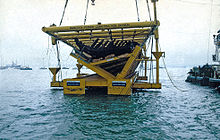
The Raising of the Mary Rose
The modern search for the Mary Rose began in 1965 as part of a general project to locate shipwrecks. On May 14, 1966 the first modern dive was made to the site, it would followed by another 28,000 dives before the Mary Rose would be raised. However, it wasn’t for another five years that the wreck was positively identified as the Mary Rose and an intensive exploration of the site was begun. The ship had gone down in 45 feet of water and the cold temperatures and layers of silt had helped to preserve much of it. By 1978 it was realized the site was potentially an archaeological treasure-trove and that much of the ship was intact. The Mary Rose Trust was created to raise the substantial monies that would be required for the excavation. However, at this time it still was unknown if they would be able to successfully raise the hull. The raising of the ship was an open-ended project with a lot of hopes and dreams but no certitude as to how the effort would end.
The rediscovery and raising of the Mary Rose was a seminal event in the history of nautical archeology. The warship was raised over a period of time to avoid any suction effect from the mud. The last lift was into a cradle which brought her to the surface. Once she was secured in the cradle the whole package weighed 580 tons. Water immediately had to be pumped out of her to reduce the load on her timbers. An estimated 60 million television viewers worldwide watched the event live.
Since the moment she broke the surface of the water it has been a fight to preserve the Mary Rose. Initially she was conserved by constantly spraying her with chilled freshwater. As deck structures were replaced active conservation was begun using water-soluble wax polyethylene glycol which, over a period of ten years, eventually replaced the water in the ship’s timbers and coated the hull. At that point she was slowly air-dried to remove any remaining moisture. Great care is taken to prevent any further wood decay or microbiological contamination. The building where she is on display includes viewing galleries to protect the visitors from conservation chemicals.
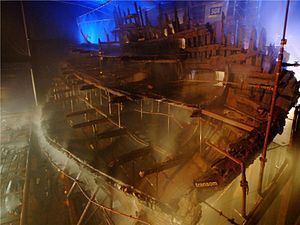
The Secrets Revealed by the Mary Rose
Over 26,000 artifacts and pieces of timber were recovered from the Mary Rose, along with the remains of about half of her crew. A ship was designed as a floating, self-contained community and as such was stocked with victuals for an extended period of time as well as anything that might be needed in order to make on-board repairs while at sea, whether those repairs be to the ship or the sailors
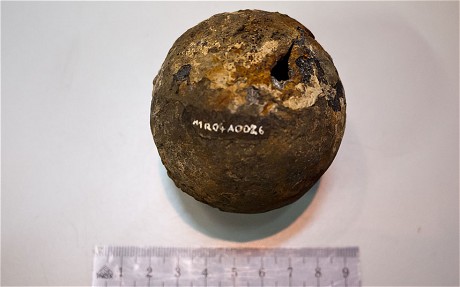
Cannonballs
Among the items most exciting archaeologists are cannonballs believed to be early examples of armor-piercing rounds. Shells of this type were believed to have been a development of the late 19th century, a technology which was later refined during the world wars. What has been revealed however is that the Mary Rose carried cannonballs made of a lead exterior with an interior of cubic-shaped lumps of iron.
Cannonballs of this type would have allowed guns to more readily punch holes through the sides of ships. They would have worked much like our modern-day armor-piercing ones where the soft outer material, in this case lead, would have deformed on impact, throwing the hard iron core through the armor plating.
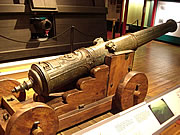
Archers
It has been known that archers where employed on ships of the time and used effectively just prior to and during the boarding of an enemy ship. What has been discovered is that the archers of the Mary Rose were an elite group of warriors. The study of their remains have shown archaeologists that they were all in the six foot two inch to six foot three inch range and lived off of a diet of flour, oatmeal, suet, cheese, dried pork, beer, and salted cod in addition to the typical seaman’s diet of salt beef and biscuits.
A longbow was six feet six inches long and made from a particular part of the yew tree. It had incredible spring and, as a consequence, took a great effort to draw. DNA results show that all of the archers came from Wales and southwest England and that they must have trained for years. All of them show severe stress injuries from repetitive movements in their shoulders and lower spines. The archers were a high-tech weapon of the day and the skill of these men gave England military superiority. These archers were the elite athletes of their day.
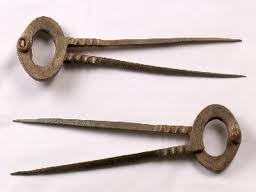
Navigation Tools
In the remains of a small room in the bow of the ship and at various other locations throughout the ship were found the earliest dated set of navigational instruments found in Europe. The unique thing about several of the instruments is that they pre-date the earliest known mention of their usage. They found protractors which are used to measure distances on maps, but sea charts were not known to be used in the first half of the 16th century. Compasses were not reported to be on English ships until the second half of the 16 century yet they were found in the wreck of the Mary Rose. The same can be said for a logreel, an instrument used for measuring speed, which prior to now was thought to have been introduced in 1574.
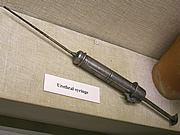
Barber-Surgeon’s Cabin
This cabin was located on the main deck underneath the sterncastle. The barber-surgeon was a trained professional who looked after the health and well-being of the crew. What was discovered was an intact medical chest containing 60 objects relating to his medical practice. Wooden handles to a complete set of surgical tools, a copper syringe for would irrigation and the treatment of gonorrhea, shaving razors, bottles for feeding incapacitated patients, and earscopes. The medical facility was outfitted to set broken bones, perform amputations and deal with other serious injuries. They were able to treat a number of diseases and provide the crew with a minimal standard of personal hygiene.
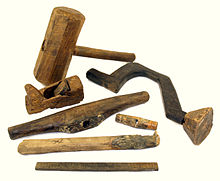
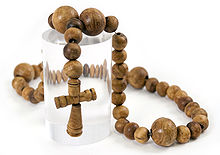
Tools and Personal Items
Eight chests of carpentry tools were found including loose mallets and caulking tools along with tar pots. They also found personal items of the crew including clothing, religious items, games plus mundane items like sewing kits and fishing lines. Of the musical items found two proved very interesting. The first was a tabor drum which was considerably longer than any known examples from the period. There had been illustrations of the longer version but until these were found on Mary Rose those illustrations were viewed with a bit of suspicion. Also found was a shawm which is an oboe type instrument. This is relevant because although referred to in writings no shawm had survived the 16th century. The one found on the Mary Rose is the only shawm known to exist in the world.
They also found the skeleton of a dog thought to be between 18 and 24 months old. It is thought the dog was on board as a pet but also as a ratter. They also found the bones of a rat and a frog. Nine barrels containing cattle bones were found an indication they were for consumption by the crew. Also found were baskets containing the bones of fish and pigs.
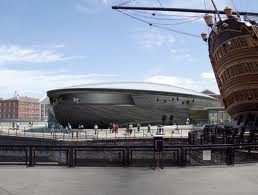
Display
The Mary Rose has been put on display in a new home built for her at the cost of 35 million pounds. The museum opens to the public on May 31, 2013.
